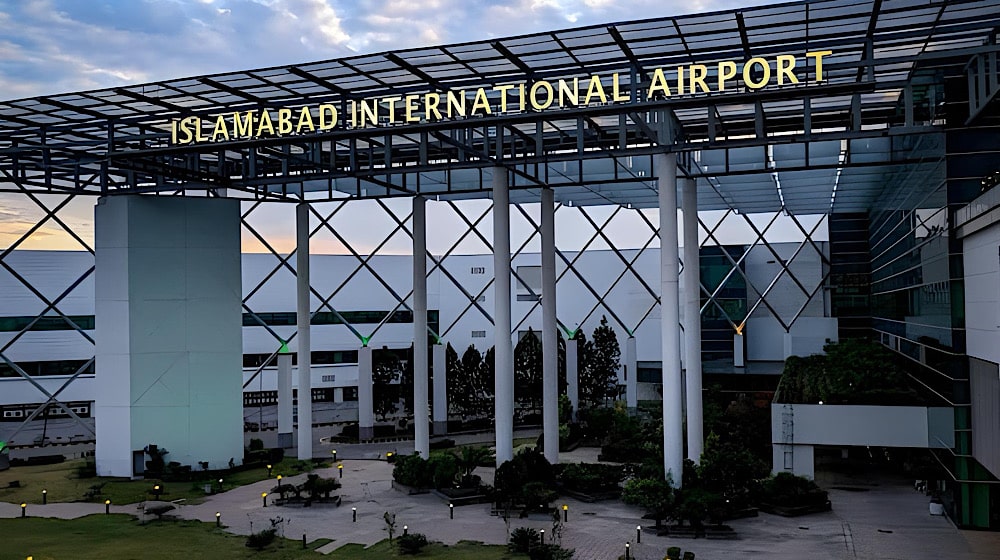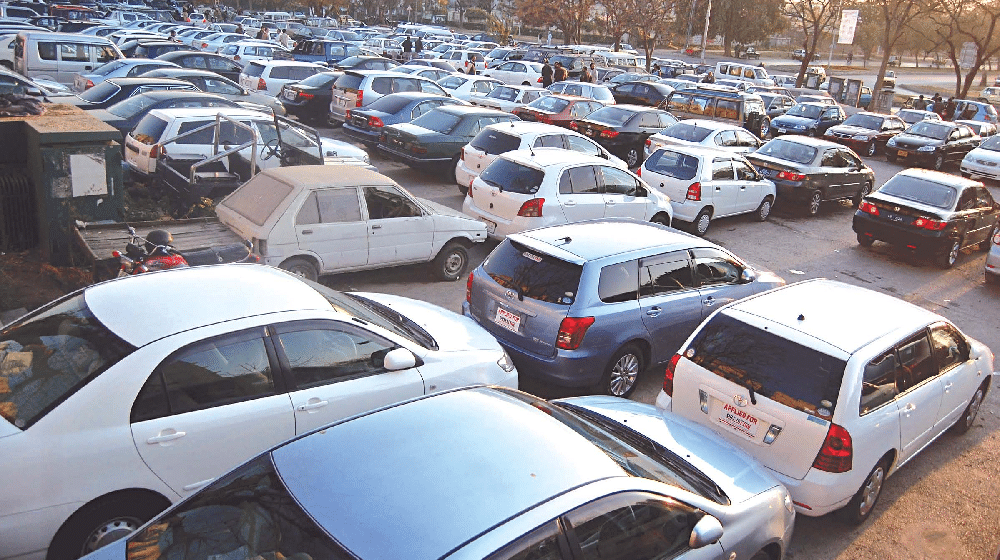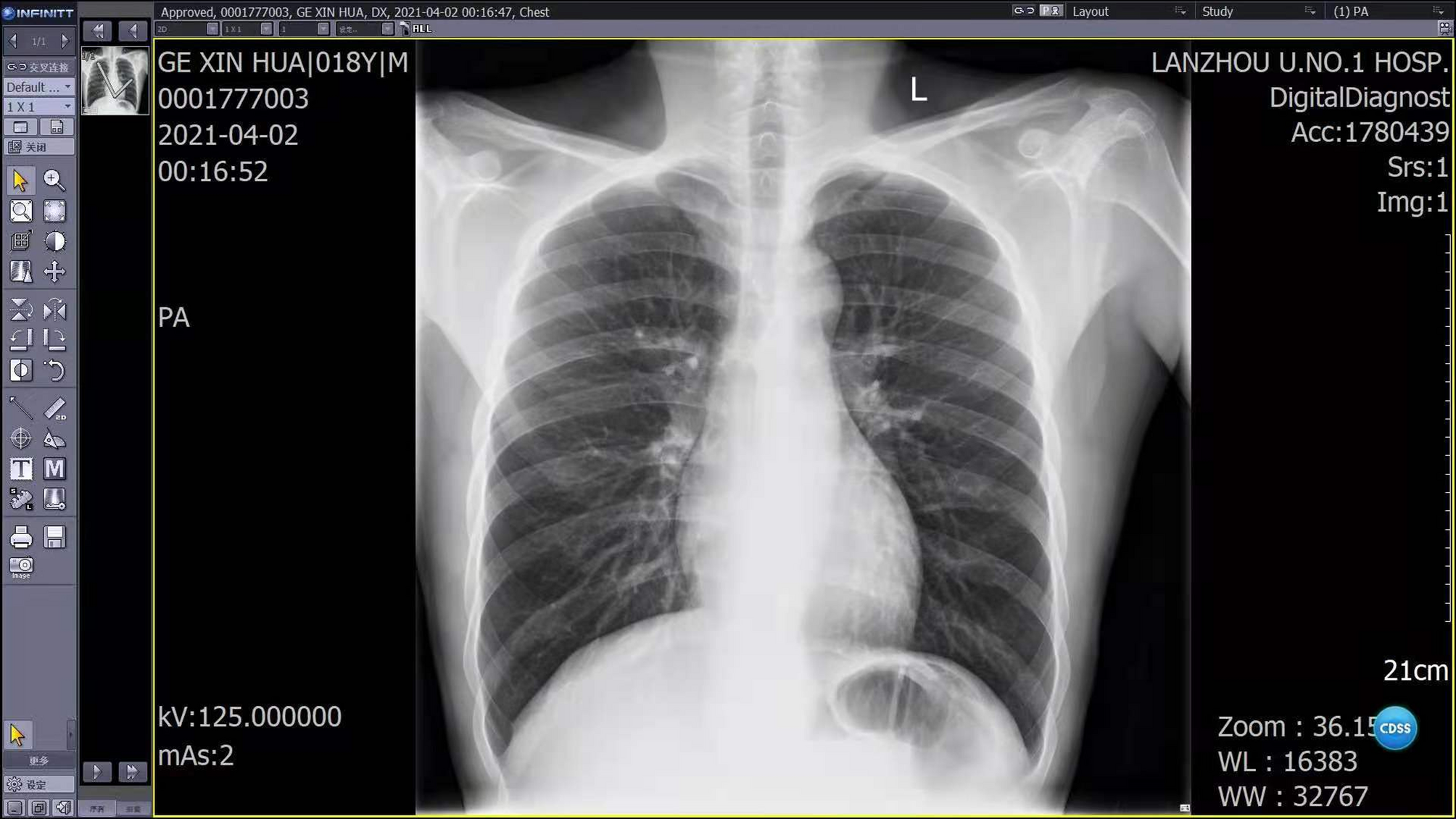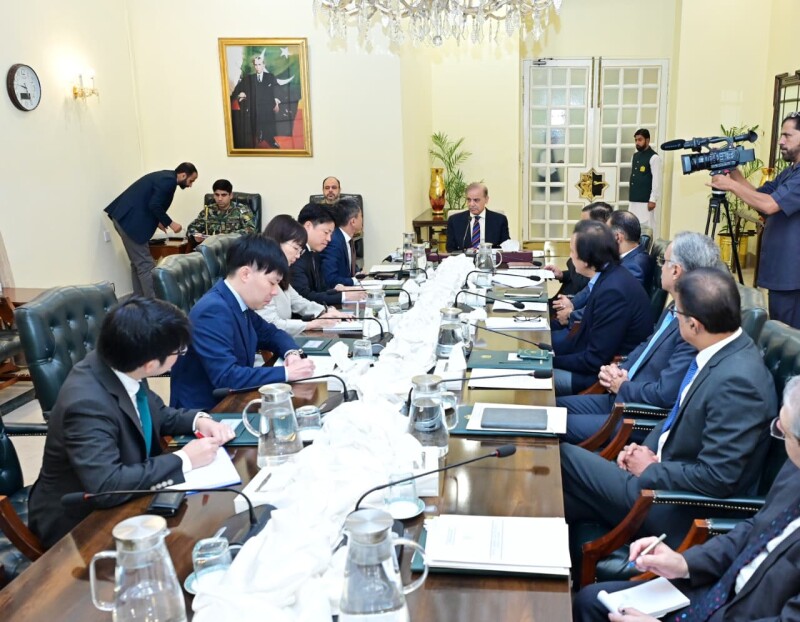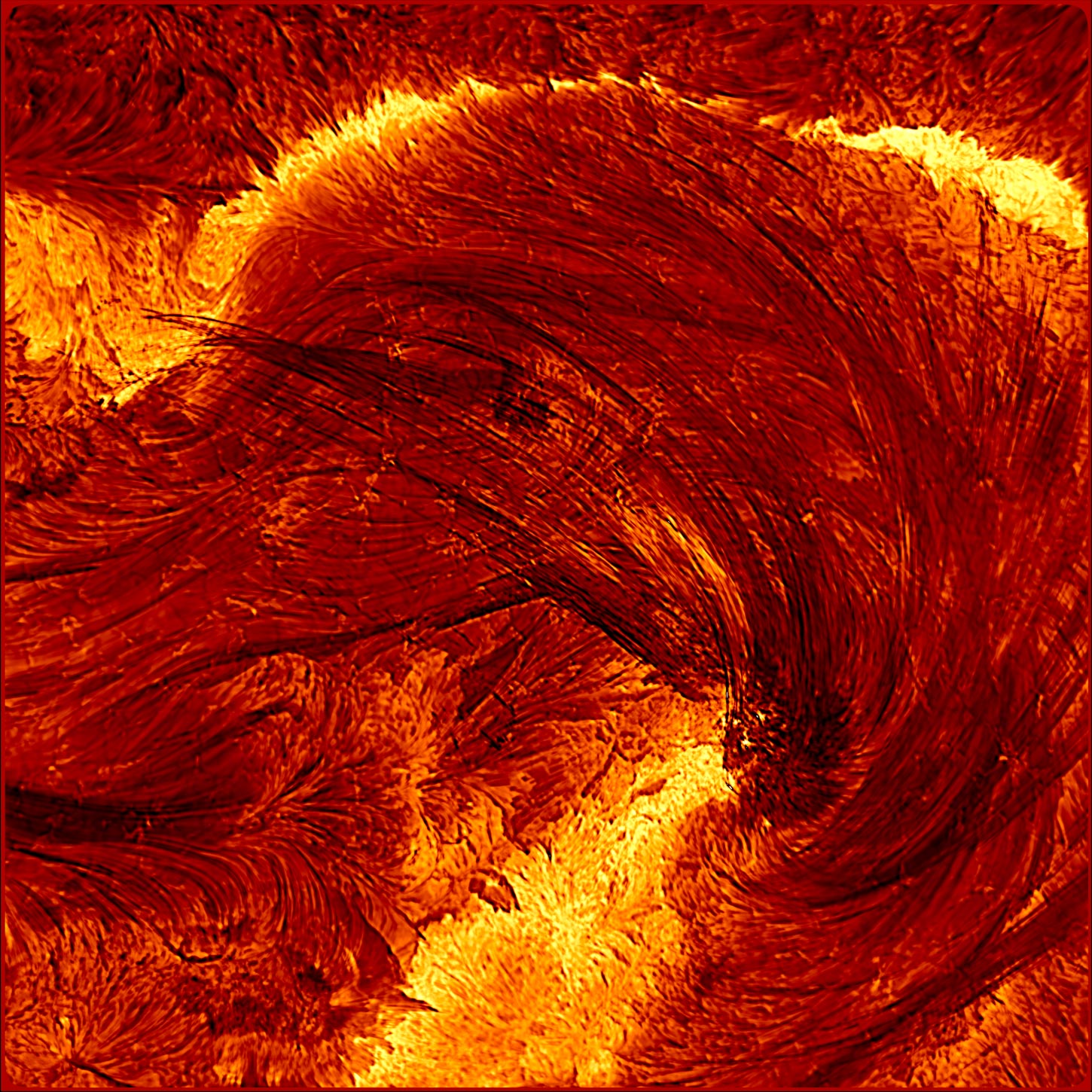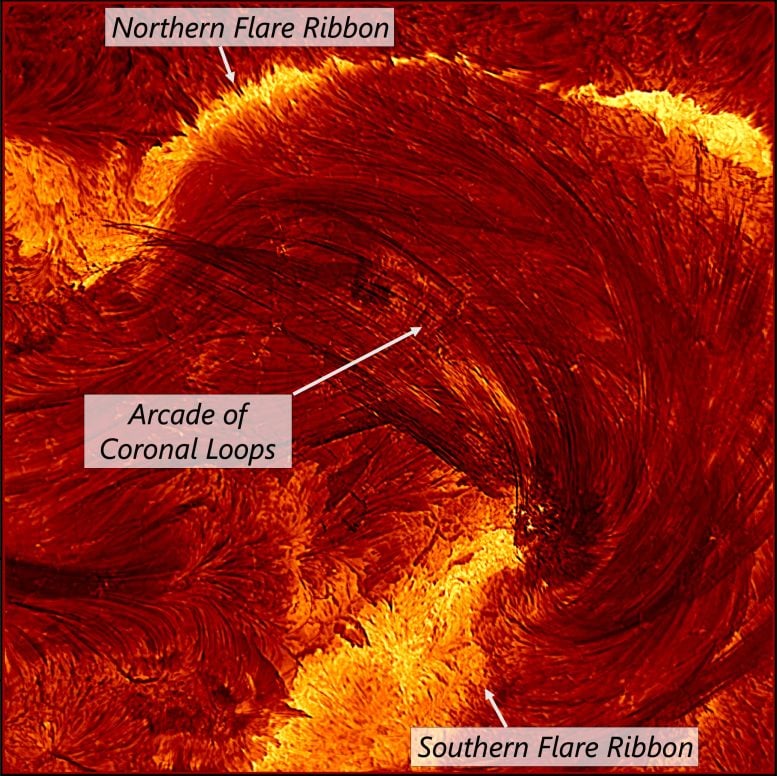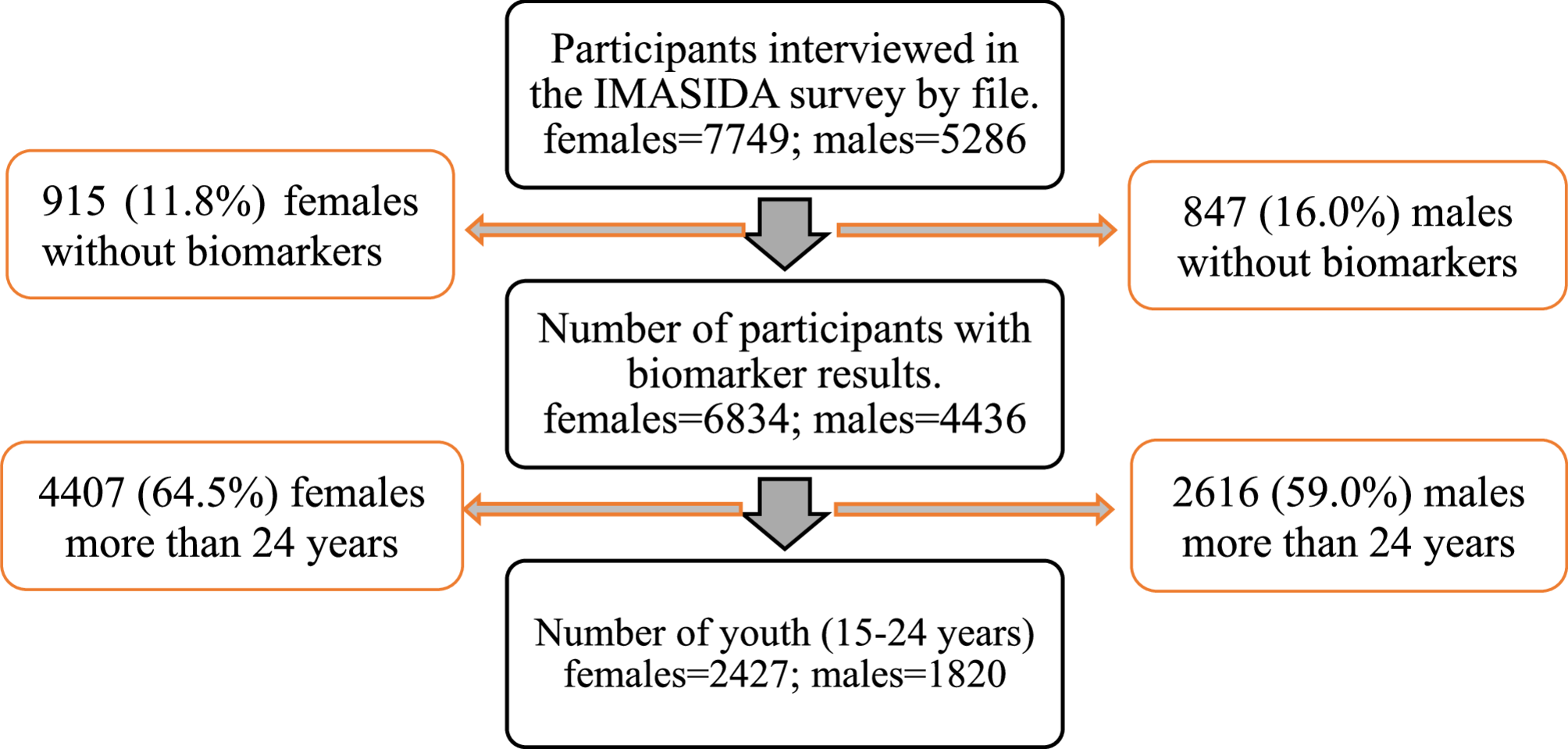We found several individual and socioeconomic factors to be associated with HIV status. To ensure representativeness we used weighted data to closely approximate the true population distribution in Mozambique. While behavioral factors, identified in the literature as key to HIV infection, did not prove statistically significant in our adjusted models, they should not be disregarded. Some effects may become more evident in later age groups, following a greater cumulative exposure over time.
The prevalence of HIV was particularly high among young females, where it is up to three to four times higher than in males of the same age group [14,15,16]. Although some associations of factors with HIV infection in males had large odds ratios, they were not statistically significant, except age group. This may be due to the lower prevalence of HIV in males in this study. research is needed to explore variables such as marital status, length of cohabitation, number of unions throughout life, and condom use during the last sexual intercourse, to better understand the factors that increase HIV risk among young males.
Our results revealed a strong association between HIV and marital status, particularly among widows This aligns with previous research conducted in South Africa, which reported that widows have up to twice the risk of HIV infection compared to their married counterparts [17]. The increased vulnerability of females to HIV infection, as observed in our study, is consistent with broader epidemiological trends indicating that women are generally more susceptible to HIV than men [17, 18]. It is plausible that, in many instances, HIV transmission to the widow occurred prior to the death of her spouse, highlighting the complex interplay between marital status and HIV risk.
The prevalence of HIV in females in Mozambique was high during the course of several HIV surveys [6, 19]. This heightened vulnerability is partly attributed to biological factors, as female anatomy inherently increases the risk of HIV acquisition [20]. Research on African females has highlighted that vaginal microbial diversity and specific bacterial concentrations are associated with an elevated risk of HIV infection [21]. Additionally, socio-behavioral factors, such as engaging in sex in exchange for favors, contribute to this increased risk [22]. The gender gap in HIV prevalence is further exacerbated by age-related vulnerabilities among young females, which are compounded by pervasive gender inequalities [22, 23]. For instance, cultural practices like of “maranzaFootnote 1” in Mozambique and “sugar daddy” in Tanzania, where young females engage in sexual relationships with older males in exchange for material goods or social advancement, are significant drivers of HIV transmission among females. These older partners often belong to age groups with higher HIV prevalence and may have multiple sexual partners. Consequently, young females frequently find themselves unable to negotiate condom use due to the power imbalances inherent in these relationships [8].
Extensive research indicates that sexual relationships with older males significantly elevate the risk of HIV infection among young females [10, 24]. Our study’s findings align with this evidence, demonstrating that young females in such relationships are at a heightened risk of HIV, particularly when these relationships are initiated at an early age or within the context of premature marriages. This early initiation of sexual activity, combined with limited power to negotiate condom use, severely compromises a young woman’s ability to protect herself from HIV infection, thereby increasing her vulnerability. The strong association observed between age, marital status, and HIV infection in our analysis underscores the critical need for targeted interventions that address these risk factors.
In this analysis, condom used during last sex with most recent partner was not statistically significant, even in the face of numerous studies that prove the effectiveness of condom use in combating the transmission of HIV. A large proportion of young people aged 15–25 persist in not using condoms in Mozambique and other southern African countries [19, 25, 26]. Many factors play a role in this, including: early onset of sexual activity, women’s limited bargaining power, low educational level, omitting the use of condoms during sexual interactions (the lack of a condom or a desire not to interrupt pleasure) and having a steady partner [25, 27]. On the other hand, condom use can only be an effective method when used consistently. Therefore, sexual health programmes for youth (known as SAAJ in Mozambique) should be strengthened, guaranteeing easy access to free condoms, especially in low-income contexts. The Ministry of Health’s Health at School Programme plays an important role in increasing access to information about the risks of early sexual activity and the need for correct and consistent condom use.
Our results indicate that males who are in one or more unions or marriages have a higher risk of HIV infection, primarily due to increased sexual exposure. This finding is consistent with research across Africa, which shows that sexual transmission is the predominant route of HIV infection [28,29,30]. Despite the clear association, we excluded this factor from the final regression model for males due to collinearity with other variables. This suggests that while multiple unions are an important risk factor, their effects may overlap with other critical variables, such as age and sexual behavior, complicating their independent assessment in our analysis.
In our study, we were unable to verify the association between HIV status and the practice of voluntary medical male circumcision (VMMC) among the partners of female participants. Despite this limitation, VMMC remains an important and cost-effective intervention, offering significant protection against HIV transmission from females to males. UNAIDS recommends VMMC as part of a comprehensive HIV prevention package in several countries across eastern and southern Africa [31]. Studies indicate that circumcision can reduce the risk of HIV infection by up to 60% compared to uncircumcised individuals [32, 33].
Our findings underscore the significant influence of sociodemographic, economic, and behavioral factors on the transmission of HIV among the young population and their partners. These results suggest that if Mozambique is to drastically reduce HIV prevalence, it is essential to place young females at the center of the response. This strategy should involve addressing gender inequality, combating harmful traditional practices such as initiation rites (which are prevalent in the northern and central regions of Mozambique) [34,35,36], preventing child marriage, increasing educational opportunities, and discouraging transgenerational sexual relationship.
However, this study has several limitations. The data used may not fully reflect the current situation, as it has been several years since the IMASIDA survey was conducted. Additionally, the use of secondary data presents challenges, as the survey did not capture all potential risk factors, such as drug use, smoking, and sexual orientation. Another limitation is the cross-sectional design of the survey, which limits our ability to establish a temporal relationship between exposure to risk factors and the outcome (HIV infection). Furthermore, the reliance on self-reported data for variables such as sexual behavior and condom use introduces the possibility of recall bias and social desirability bias, potentially leading to an underestimation or overestimation of the associations observed. While other important risk and protective factors were collected in the original survey, they were not addressed in this secondary analysis.




